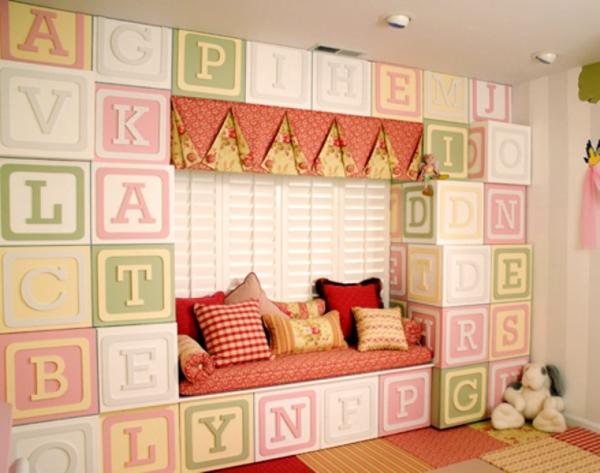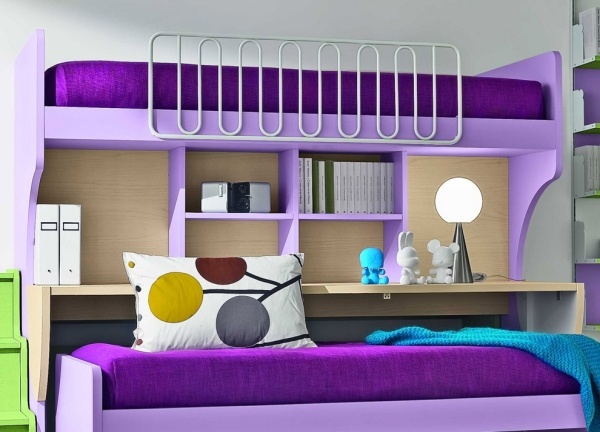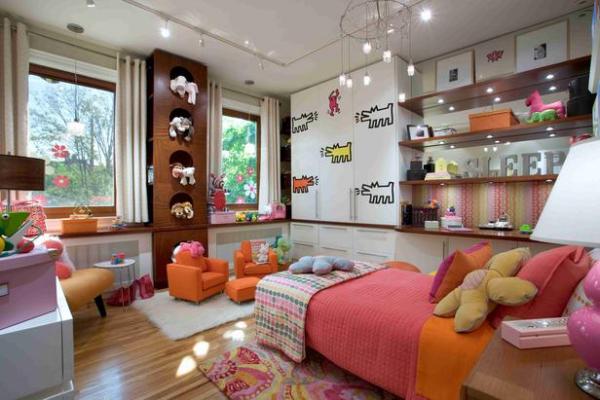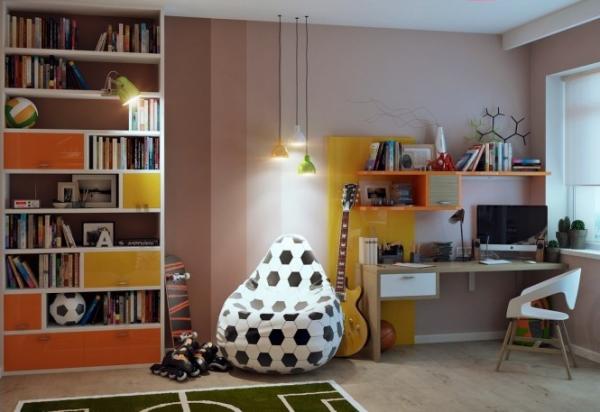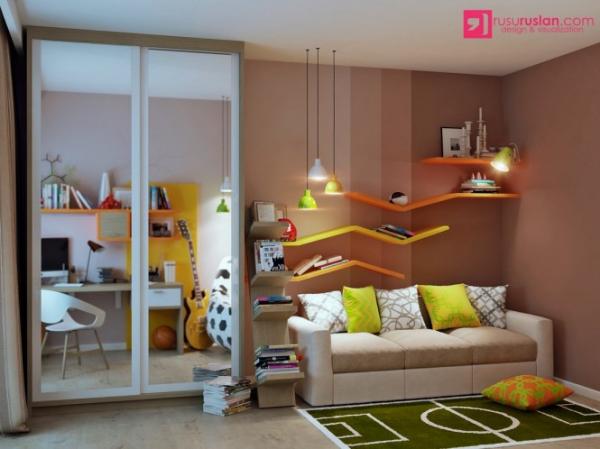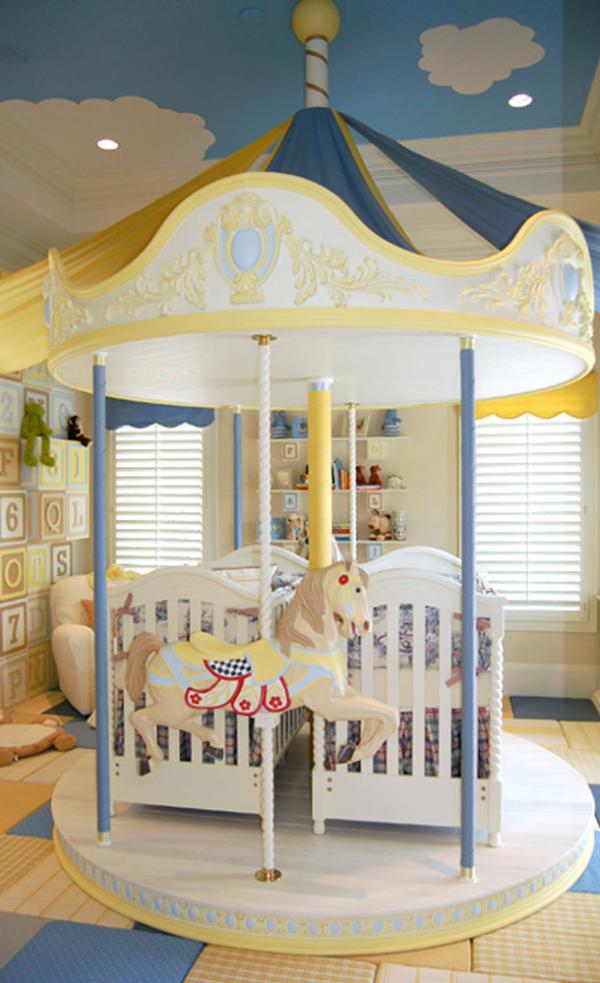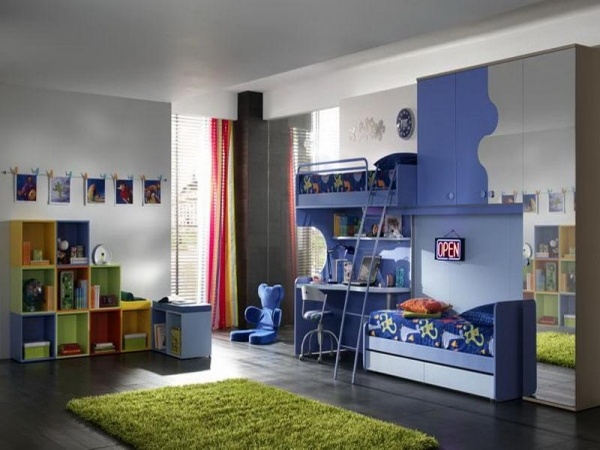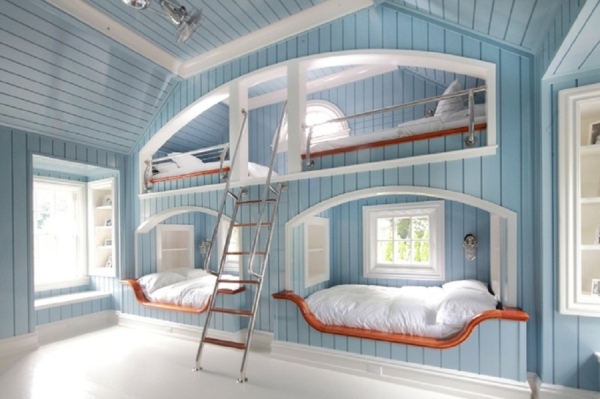
Bunk beds for kids have become a trendy fashion statement. You can either have them custom-made or purchase them from a store. The design options are unlimited, whether you prefer an urban clean design, a playful playground style, or a more romantic mountain vision. Whichever style you choose, your kids are sure to love it!
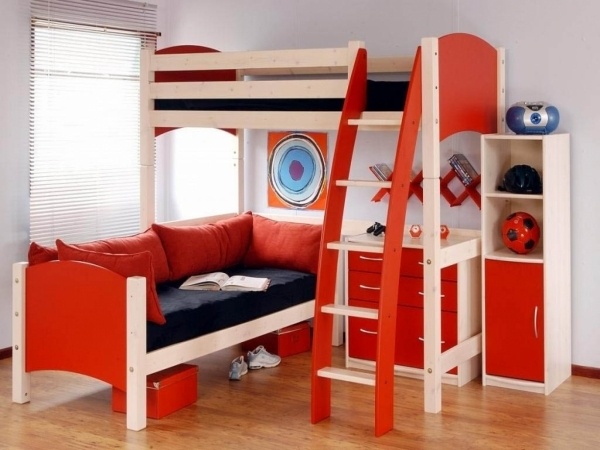
When selecting bunk beds for kids, consider the age of your children. The most visually appealing option may not always be the safest or most practical, especially for younger children. Prioritize safety by evaluating how easily they can climb the ladder. Test the ladder’s stability and consider models with stairs for added safety. Playground-themed bunk beds are ideal for younger children.
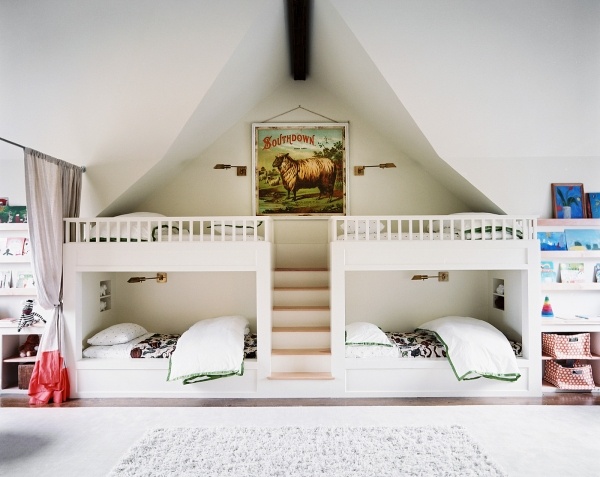
Many parents find the idea of bunk beds appealing, especially in urban environments where space is a premium. Bunk beds are known for their space-saving benefits and can also double as storage space. However, it’s crucial to ensure that the beds do not obstruct movement around the room or natural light sources. Careful measurements are essential when choosing the right bed type. While larger bedrooms offer more options, smaller spaces can pose challenges.
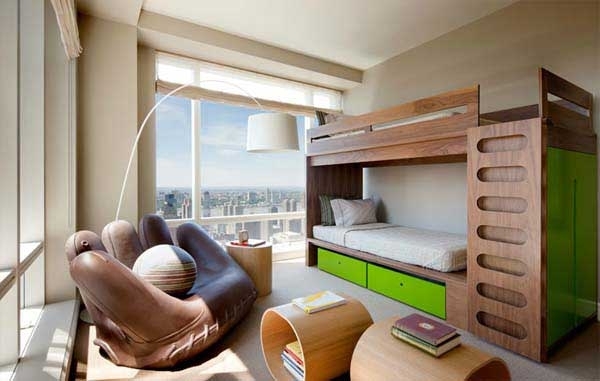
The choice of bunk beds depends on factors such as the gender of your children, their age group, and your room size. You might opt for a bed ensemble with a desk or closet, triple bunk beds, or four bunk beds in the same room. Consider arranging the beds perpendicular to each other for a unique look. Feel free to experiment with colors to create a vibrant atmosphere in the bedroom. Colorful walls, cushions, bed linen, or toppers can add a sense of joy and relaxation to the room. Regardless of your choice, prioritize safety, color coordination, and comfort when selecting the best bunk beds for your kids.
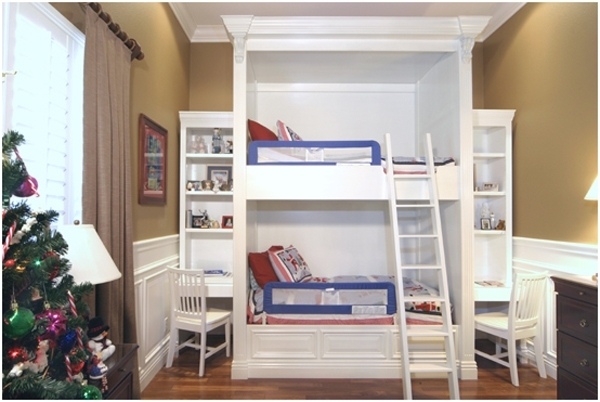
Frequently Asked Questions
1. What are some popular styles of bunk beds for kids?
Popular styles of bunk beds for kids include urban clean design, playground style, and romantic mountain vision. The design options are unlimited, allowing for customization to suit different preferences.
2. How do I choose the best bunk beds for my kids based on their age?
When selecting bunk beds based on your children’s age, consider safety as a top priority. Ensure the ladder is secure, easy to climb, and well-adjusted to the beds. For younger kids, playground-designed bunk beds with stairs are recommended for added safety.
3. What are the benefits of having bunk beds for kids in urban environments?
Bunk beds are ideal for urban environments as they save space and can double as storage solutions. However, it’s crucial to ensure that the beds do not obstruct movement or natural light sources in the room. Careful measurement is essential to optimize space usage.
4. How can I personalize bunk beds for boys, girls, or teenagers?
Personalizing bunk beds involves considering the occupants’ preferences and room size. Depending on the room size, options include triple bunk beds, four bunk beds, or beds with additional features like desks or closets. Adding colorful elements can enhance the room’s ambiance and comfort.
5. What are some design considerations for bunk beds in children’s bedrooms?
Design considerations for bunk beds include the arrangement of beds, use of colors, and safety measures. Beds can be placed perpendicular to each other for space optimization, and colorful elements like walls, cushions, and bed linens can create a vibrant atmosphere. Safety, color, and comfort should be prioritized in the design.
6. How can bunk beds be creatively integrated into kids’ rooms?
Bunk beds can be creatively integrated into kids’ rooms by incorporating unique themes, storage solutions, and playful elements. Consider adding features like drawers, stairs, or playful tent styles to enhance the room’s functionality and aesthetics.
7. What safety measures should I consider when using bunk beds for kids?
When using bunk beds for kids, ensure that the beds are sturdy, the ladder is secure, and safety rails are in place to prevent falls. Regularly inspect the beds for any loose or damaged parts, and educate children on safe usage practices to prevent accidents.

